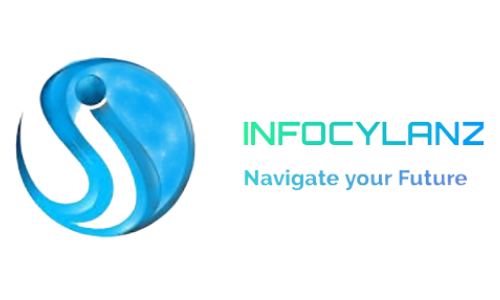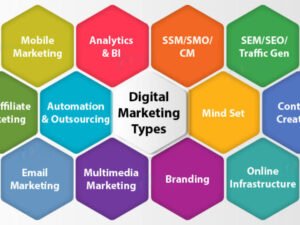Digital Marketing
Digital Marketing is the act of selling products and services through channels such as social media,SEO,email and mobile apps.Basically ,digital marketing is any form of marketing that involves electronic devices.
It can be done online and offline, both kinds are important for a well-rounded digital marketing strategy.







